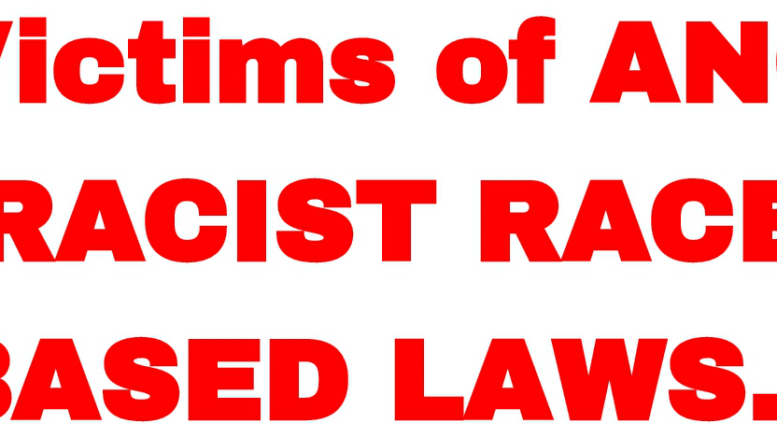
Democratic Alliance leader, Helen Zille, has moved to classify affirmative action in South Africa into four distinct approaches.
One approach is “representivity”, which is another word for “quotas”, the DA lead said. Representivity aims to achieve a situation in which every employment category, at every level in any institution, company or government department, reflects the racial ratios of the broader population.
At national level, on the basis of the 2011 census, this would be 79.2% black African, 8.9% white, 8.9% coloured, 2.5% Indian. “In this approach, race classification and “race proportionality” usually trump all other considerations,” Zille said.
According to the DA, the second approach is “cadre deployment”, which describes the way the ruling party, the ANC uses “racial preferment” as a smokescreen to ensure that party loyalists control all institutions of the state, the economy, and civil society.
“The ANC even has a formal “deployment committee” to undertake this task. In this approach, loyalty to the ANC (or a faction within the ANC) overrides all other considerations, while “race” is merely a convenient fig leaf used to camouflage the strategy of “capturing” all key institutions, private and public, and bending them to the ANC’s agenda,” Zille said.
The third approach, the political party lead pointed to is the promotion of “diversity”. “This involves a conscious effort to redress the effects of past discrimination through broadening opportunity, advancing people’s potential through training and mentorship, improving education, and growing the economy to promote inclusivity.”
According to Zille, it is possible to incorporate diversity “targets” in this approach, without turning them into quotas, and while still ensuring that other criteria (such as capacity to do the job, relevant experience and qualifications) remain central to employment and promotion decisions.
The fourth approach regards any form of affirmative action as “reverse racism” or“compromising on merit” and rejects it unequivocally, the DA said.
The DA said it supports option 3 for three reasons:
- It is the right thing to do.
- It is the only approach that can achieve inclusivity with sustained economic growth, which is essential to creating the jobs required to make affirmative action work in the long term.
- It is the only approach compatible with the Constitution and the law.
Zille pointed out that option 3 is not an exact science. The party has therefore developed the concept of “fitness for purpose”, which includes, but not limited to, the attainment of diversity.
“It also includes qualifications, experience, track record, potential and other relevant factors. It opens opportunities for people to prove themselves, but does not manipulate race-based outcomes according to numerical formulae,” Zille said.
The constitutional approach to affirmative action is defined by clauses 9 (1) and (2) of the Bill of Rights:
- (1) Everyone is equal before the law and has the right to equal protection and benefit of the law.
- (2) Equality includes the full and equal enjoyment of all rights and freedoms. To promote the achievement of equality, legislative and other measures designed to protect or advance persons or categories of persons disadvantaged by unfair discrimination may be taken.
“A crucial point about clause 9 (2) is that it says nothing about race. It speaks about disadvantage. This distinction will become more and more relevant over time, as education and economic opportunity erode the legacy of apartheid, and disadvantage is less defined by race,” Zille said.





